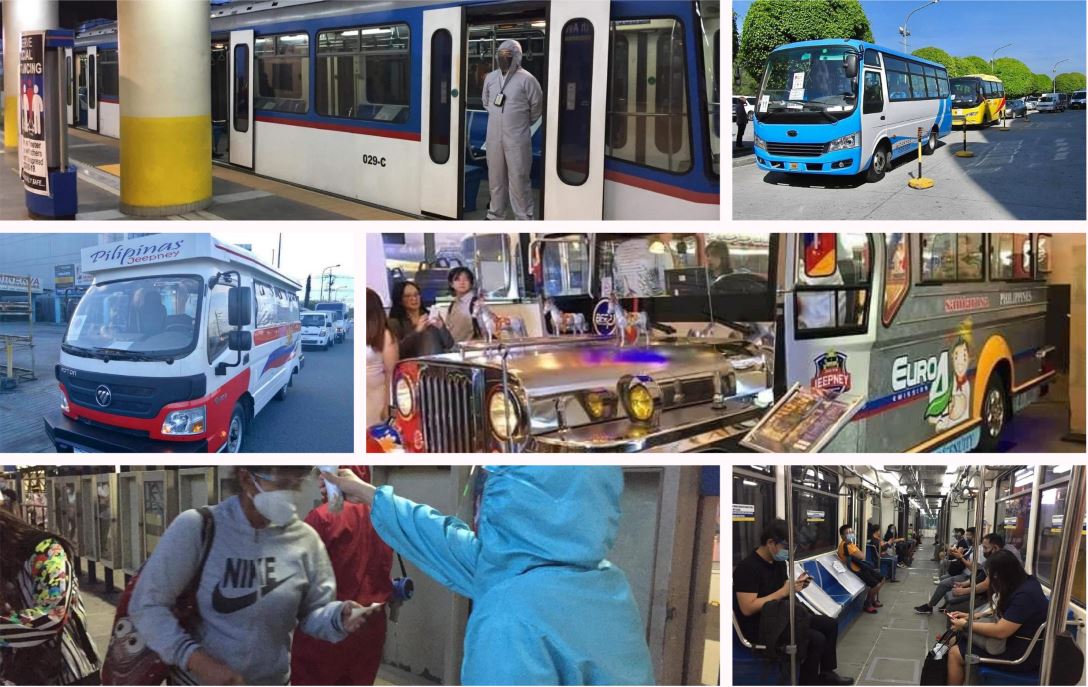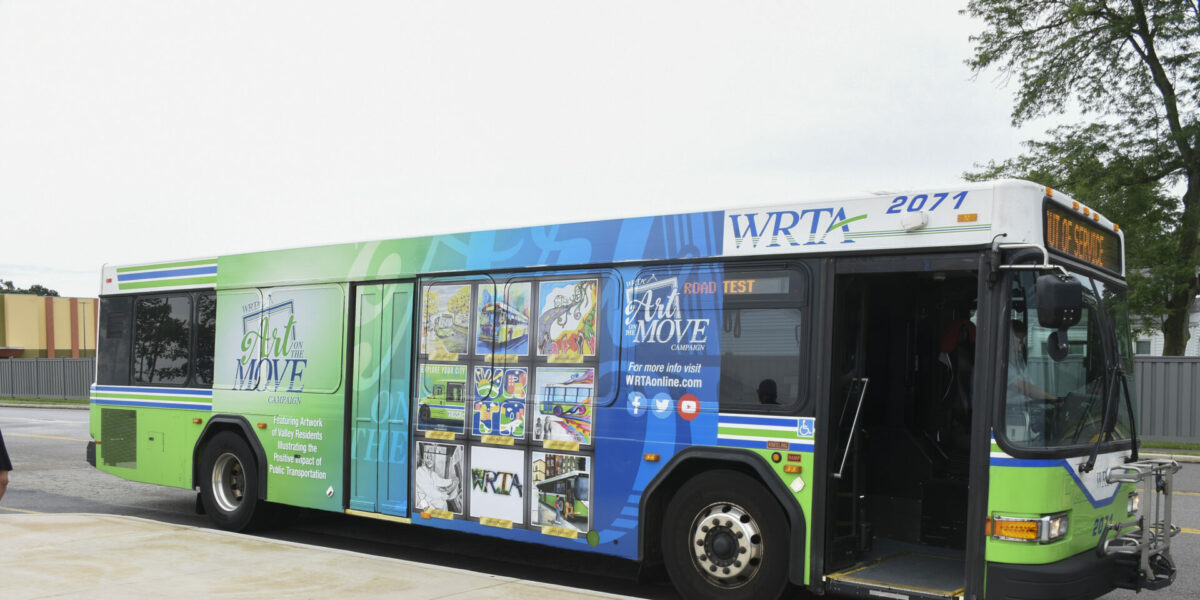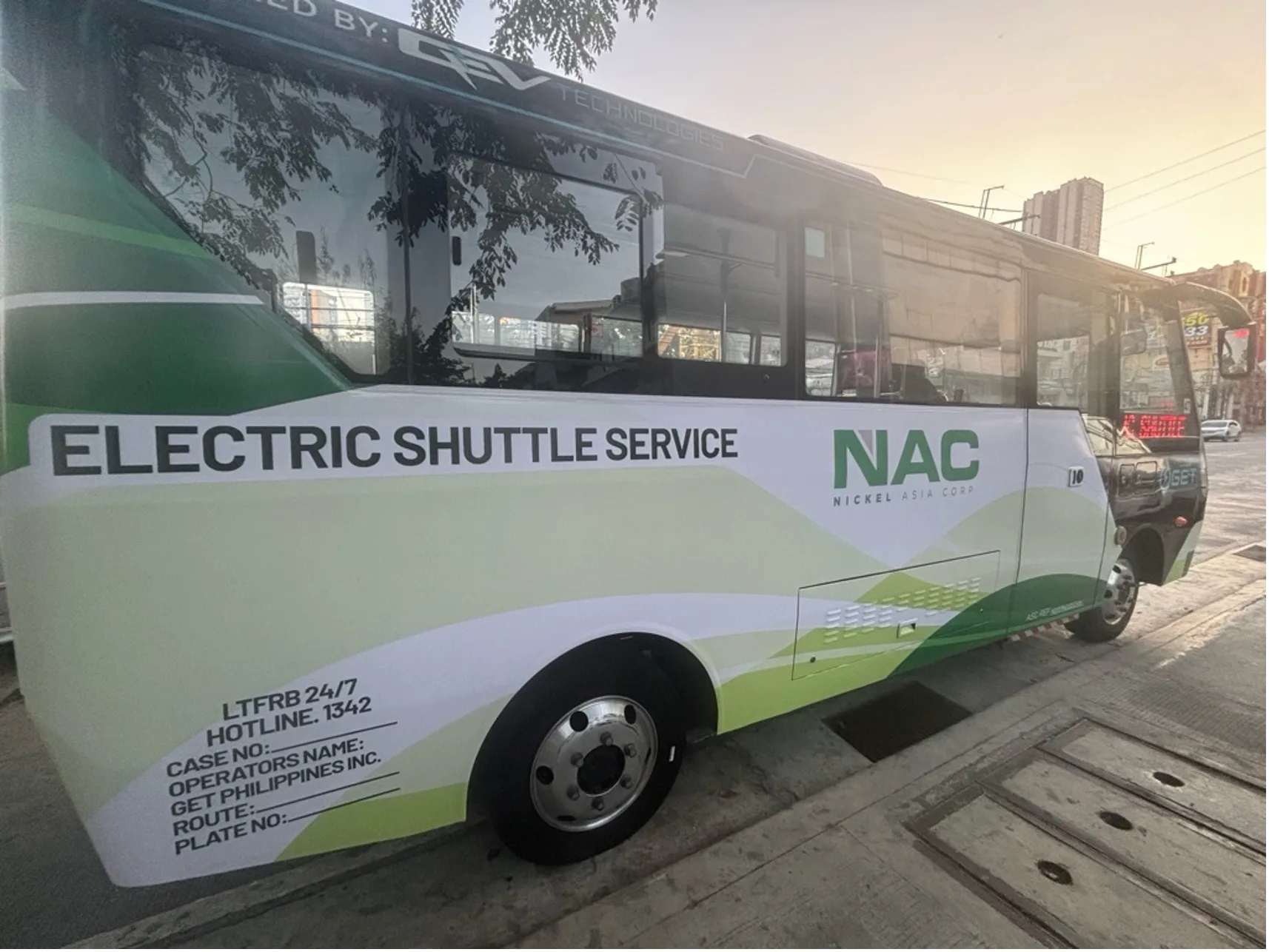How Transportation Advertising Can Change Public Transport Spaces Into Dynamic Advertising Operatings Systems
Transit marketing holds considerable capacity to redefine public transportation areas into dynamic marketing platforms that inform and engage. As we explore the complex advantages and advancing approaches of transportation marketing, it increases the question of how this transformation could redefine our interactions with both brand names and the metropolitan atmosphere.
Benefits of Transit Advertising And Marketing

Additionally, transportation advertising is very affordable contrasted to conventional media. It permits advertisers to attain high perceptions at reduced costs, making the most of return on financial investment. The captive audience of travelers offers a possibility for brands to communicate their messages to people who are usually responsive during their travel times.
In addition, the dynamic nature of transit advertising and marketing allows projects to be upgraded often, making certain that messaging remains appropriate and prompt. This versatility can be critical in reacting to market fads or promotional events, maintaining the brand name top-of-mind for customers. Lastly, the pervasive presence of transportation advertising and marketing adds to brand recall; repeated exposure within familiar traveling contexts strengthens brand understanding and promotes customer commitment, inevitably improving and driving sales brand reputation.
Sorts Of Transit Marketing
Public transport systems supply numerous layouts for advertising and marketing, each satisfying various advertising and marketing strategies and target market engagement methods. One prominent type is exterior bus and train wraps, which cover the entire car and create a mobile billboard impact, allowing for high exposure in urban environments. These wraps can capture attention as they traverse busy streets, reaching a varied audience.
An additional preferred style is interior marketing, which includes posters, electronic displays, and ads on transportation seats. These positionings engage guests throughout their trip, reinforcing brand name messaging in a restricted area. Digital presents, in certain, provide the advantage of vibrant content, making it possible for marketers to update messages in real-time.
Terminal advertising is additionally considerable, featuring posters, banners, and interactive stands within transit terminals. These ads utilize foot web traffic and can target details demographics based on area.
Finally, promotional collaborations with transit authorities can bring about distinct projects, such as themed transit experiences or occasions, improving the total interaction with travelers. Each kind of transit marketing offers unique benefits, permitting brands to customize their technique to efficiently reach their target market within the general public transportation ecosystem.
Involving Commuters Properly
Travelers are progressively flooded with marketing messages during their everyday trips, making it necessary for brands to involve them in innovative methods. To capture attention in this jampacked space, marketers must prioritize imagination and importance. Utilizing eye-catching visuals and concise messaging can significantly improve the probability of involvement.
Interactive aspects, such as QR codes or increased truth functions, can additionally change static advertisements into immersive experiences, promoting a deeper link with the audience. Brand names must focus on resolving commuters' demands and passions, customizing messages to reverberate with their way of living, whether via promos for neighborhood businesses or services designed to enhance their travelling experience.
Moreover, timing plays an important function; tactically placing ads throughout optimal travelling hours can maximize visibility and influence. Involving travelers efficiently also involves leveraging social media sites assimilation, permitting travelers to share their promotions or experiences straight from transportation platforms, thereby amplifying brand name reach.
Fundamentally, effective involvement rests on comprehending the commuter trip and developing compelling, interactive, and relevant advertising experiences that not just catch attention but additionally drive action and loyalty. By doing so, brand names can change public transport into a vibrant marketing platform that reverberates with its audience.

Measuring Advertising Influence
Just how can brands properly examine the effectiveness of their ad campaign in transportation atmospheres? Measuring the effect of transit marketing requires a diverse approach that integrates quantitative and qualitative metrics. One widespread technique is tracking involvement with mobile analytics, where brand names can evaluate foot website traffic patterns and app communications before, during, and after projects.
Surveys can supply valuable insights right into brand recall and consumer view, allowing brands to determine how well their messages resonate with travelers. Furthermore, monitoring social media interaction pertaining to specific campaigns can expose changes in public assumption and brand conversation.

Furthermore, collaborating with transit companies can improve dimension precision, as they usually have detailed demographic data on ridership trends. By integrating these approaches, brands can establish a detailed understanding of their marketing efficiency, making sure that their projects not only reach however also impact their target audiences efficiently.
Future Trends in Transit Advertising
A significant change is prepared for en route marketing as technical advancements Recommended Reading and altering customer behaviors improve the landscape. Transit Advertising Philippines. The combination of digital screens and interactive media is anticipated to enhance involvement, enabling brands to supply vibrant material that resonates with diverse target markets. As public transport next page systems embrace wise modern technology, marketers will take advantage of real-time information analytics to tailor messages based upon traveler demographics and behaviors
Moreover, boosted truth (AR) is poised to change the method travelers engage with advertisements. By giving immersive experiences, AR can change a mundane trip into an appealing narrative that records attention and cultivates brand commitment. This development will likely urge advertisers to develop more experiential projects that drive consumer communication.
Sustainability is another critical pattern affecting transit advertising and marketing. As environmental awareness grows, brand names will significantly seek to straighten with environmentally friendly techniques, utilizing lasting products and promoting environment-friendly initiatives within their campaigns.
Verdict
Finally, transportation advertising provides substantial advantages by improving brand name visibility and engaging a restricted target market. Through different layouts, such as outside wraps and digital displays, it changes public transportation into a lively advertising platform. Efficient interaction approaches and robust measurement methods additionally intensify its impact. As patterns progress, the possibility for innovative interactions between commuters and brand names is positioned to expand, ensuring that transit advertising stays a crucial part of modern-day marketing techniques.
Transit advertising holds substantial possibility to redefine public transportation spaces right into lively marketing platforms that notify and engage. The pervasive visibility of transportation advertising and marketing contributes to brand name recall; duplicated exposure within acquainted travel contexts reinforces brand name understanding and fosters customer loyalty, eventually driving sales and improving brand name track record.
How can brand names precisely assess the performance of their marketing projects in transit environments?In verdict, transit advertising uses significant benefits by enhancing brand name visibility and involving a captive audience. Transit why not try here Advertising Philippines. As fads evolve, the possibility for ingenious communications between commuters and brand names is poised to expand, ensuring that transit advertising and marketing remains an essential component of contemporary marketing techniques